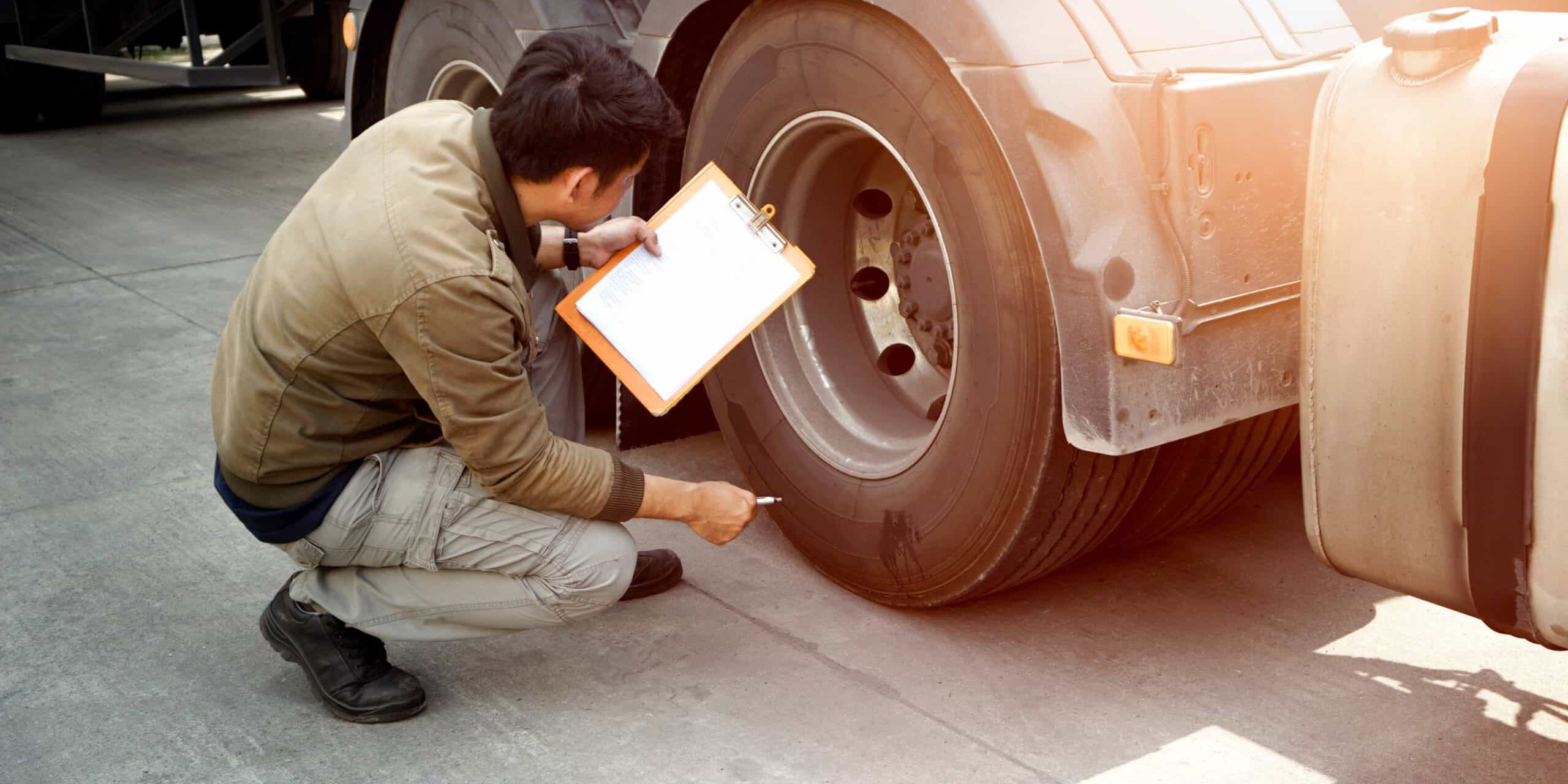Many factors contribute to a safe operation, one often underestimated tool is the vehicle inspection history. This valuable repository of information can be a game-changer in enhancing fleet safety, reducing accidents, and minimizing downtime. By leveraging the power of inspection records, fleet managers can unlock insights that lead to proactive maintenance, better driver training, and improved overall safety protocols.
What is a vehicle inspection history?
Maintaining a vehicle history can help you spot trends and ensure effective preventative maintenance and repairs. Your drivers will appreciate knowing that your vehicles are in good condition.
By updating your vehicle inspection history and offering transparency throughout your organization, you’ll make it simpler to manage the demands of a large fleet. That way, drivers can review vehicle maintenance and build trust in the vehicle they are operating as well as sign off on vehicle condition and the inspection report before beginning a job.
Keeping the data in a central location will make it simpler to access it if it is ever called into question, such as in the case of an accident and ensuing review or lawsuit.
By maintaining a vehicle inspection history report, you’ll also show your commitment to safety and reliability, which shippers will find attractive.
Why is it important to inspect fleet vehicles?
Fleet checks help keep drivers and other motorists safe by reducing the likelihood of an accident or roadside breakdown. During an inspection, skilled mechanics and drivers can observe worn parts, loose mechanisms, or missing screws. Some of the benefits of regular vehicle inspections include:
- Reduced likelihood of accidents and breakdowns
- Improved fleet safety
- More confident drivers
- Lower costs by completing maintenance on-site instead of on the roadside
- Compliance with federal and local regulations
- Liability reduction
- Defense against possible litigation in case of an accident
- Longer vehicle lifespan
Understanding large truck safety trends
In August 2020, CFR §396.13 received an update to further showcase the importance of driver inspection and protecting motorists. The federal regulation calls for driver inspection before operating any commercial motor vehicle. It outlines that all drivers should ensure the motor vehicle is in safe operating condition.
Under CFR §396.11, motor carriers must require drivers to complete a vehicle inspection at the end of each work day for every vehicle they operate. If the driver finds anything of concern, the motor carrier must repair the damage or defect before the driver operates the vehicle.
Between 2019 and 2020, large truck fatal accidents decreased by 4%, from 5,033 to 4,842. Likewise, the total number of large trucks involved in an injury accident decreased by 10% from 119,000 to 107,000. While trends have been headed in the right direction over the last few years, motorists in smaller vehicles are at far more risk of a fatality or serious injury than truck drivers when an accident occurs between the two. Of the large truck crash deaths in 2020, only 15% were truck occupants while 68% were occupants of cars and other vehicles.
In a report to Congress concerning large truck crash causation, the Federal Motor Carrier Safety Administration (FMCSA) found that 30% of accidents involved brake problems. This is one example of a preventable maintenance activity that truck drivers and motor carriers should engage in.
4 ways vehicle inspections improve fleet safety
Completing regular vehicle inspections and documenting them within accessible systems—whether that’s manually or, ideally, automatically—aids in fleet safety in a variety of ways.
Overall safety
Vehicle inspections are not all about saving money and reducing business disruption from roadside breakdowns. One of the most important reasons to complete regular inspections is to protect company drivers, employees, and motorists.
During an inspection, you’ll have a chance to identify vehicle issues that could cause problems on the road. This gives you an opportunity to fix the issue before embarking on a job in order to maintain a safe fleet and protect other motorists.
Penalty fines and liabilities
The FMCSA mandates the completion of frequent fleet inspections. Take time to review the full list of the mechanics and parts of the vehicle that you must inspect, how often the inspections need to take place, and the required documentation for such inspections.
Failure to comply with these requirements could mean hefty fines and penalties. You must maintain proof of completing regular maintenance and inspections to remain in compliance with FMCSA regulations.
During a roadside checkpoint, you might be required to present evidence of your vehicle maintenance and inspections. Having quick and easy access to this information will save time and reduce your company’s liability in the case of an accident.
Accidents and negligence
Even with the best vehicle maintenance and inspections, your company may be involved in a trucking accident. While you should put effort into driver training and safety measures, your drivers could be in an accident at any time. Without documentation of vehicle inspections, you could face liability resulting from negligence.
After an accident, law enforcement will request vehicle inspection documentation to ensure the vehicle was road-worthy. To avoid liability for the accident and fines, having easy access to clear documentation will be essential.
Vehicle condition
Completing regular vehicle inspections will ensure your trucks don’t go on the road with worn-out parts, which in turn can wear down other parts faster than normal and shorten the lifespan of your vehicles.
Identifying potential problems early will help keep your vehicles operating at their best and offer greater efficiency to reduce expenses. Fixing mechanical issues early and optimizing performance will help you get the most out of your investment in a vehicle while keeping drivers safe.
Optimizing vehicles while ensuring safety
Inspecting your vehicles before they hit the road ensures compliance with regulations, optimal vehicle operation, and the highest level of safety for drivers and other motorists. Generally, these inspections only take a few minutes but can be a crucial element of any driver safety plan. By documenting this important activity, you can also reduce your liability in the case of an accident.
FAQ
Change management, communication and planning, driver coaching, safety-based rewards and many more. A robust safety training program can help quantify and identify areas of improvement and development.
Drivers should complete visual inspections before every trip. More complete checks should also be completed every 3,000 to 5,000 miles.
Safety is the most important reason you inspect your vehicle, safety for yourself and other road users. A vehicle defect found during an inspection could save you problems later. You could have a breakdown on the road that will cost time and dollars, or even worse, an accident caused by the defect.


